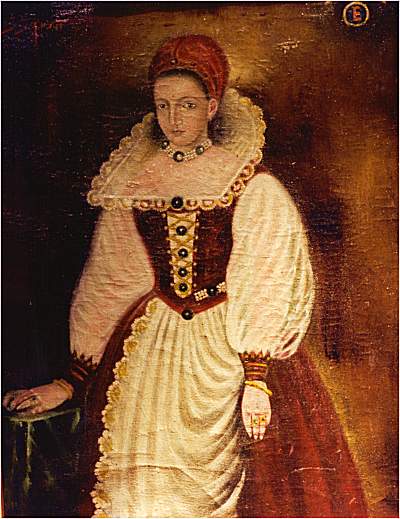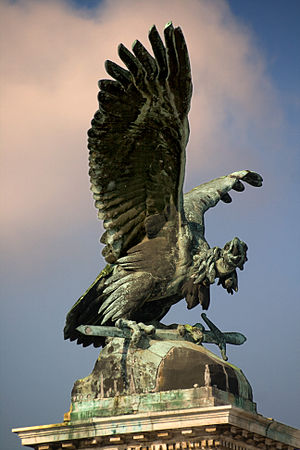
Copy of the lost 1585 original portrait of Erzsébet Báthory
(disappeared in the 1990s)
Countess Elizabeth Báthory de Ecsed (Báthory Erzsébet in Hungarian, Alžbeta Bátoriová in Slovak; 7 August 1560 – 14 or 21 August 1614) was a countess from the renowned Báthory family of nobility in the Kingdom of Hungar. She has been labelled the most prolific female serial killer in history and is remembered as the “Blood Countess,” though the precise number of victims is debated.
Later writings[ about the case have led to legendary accounts of the Countess bathing in the blood of virgins to retain her youth and subsequently also to comparisons with Vlad III the Impaler of Wallachia, on whom the fictional Count Dracula is partly based, and to modern nicknames of the Blood Countess and Countess Dracula.
After her husband Ferenc Nádasdy’s death, she and four collaborators were accused of torturing and killing hundreds of girls, with one witness attributing to them over 650 victims, though the number for which they were convicted was 80. Due to her rank, Elizabeth herself was neither tried nor convicted. But upon her arrest in December 1610, she was imprisoned in Čachtice Castle, now in Slovakia, where she remained immured in a set of rooms until her death four years later.
She was kept bricked in a set of rooms, with only small slits left open for ventilation and the passing of meals. She remained there for four years, until her death. On 24 August 1614, Elizabeth Báthory was found dead in her room by a guard looking in through one of the slots. Since there were several plates of food untouched, her actual date of death is unknown. She was buried in the church of Csejte, but due to the villagers’ uproar over having “The Tigress of Csejte” buried in their cemetery, her body was moved to her birth home at Ecsed, where it is interred at the Báthory family crypt.
The case of Elizabeth Báthory inspired numerous stories during the 18th and 19th centuries. The most common motif of these works was that of the countess bathing in her victims’ blood to retain beauty or youth. This legend appeared in print for the first time in 1729, in the Jesuit scholar László Turóczi’s Tragica Historia, the first written account of the Báthory case. At the beginning of the 19th century, this certainty was questioned, and sadistic pleasure was considered a far more plausible motive for Elizabeth Báthory’s crimes. In 1817, the witness accounts (which had surfaced in 1765) were published for the first time, which included no references to bloodbaths.
The legend nonetheless persisted in the popular imagination. This myth is speculated to persist in part because of Báthory’s connection to Transylvania and vampire lore. Some versions of the story were told with the purpose of denouncing female vanity, while other versions aimed to entertain or thrill their audience. The vampirism connection extends to the 21st century documentary Deadly Women, where she is profiled in the first episode of the series as maintaining her good looks by iron supplementation she obtained by drinking her victims’ blood.


